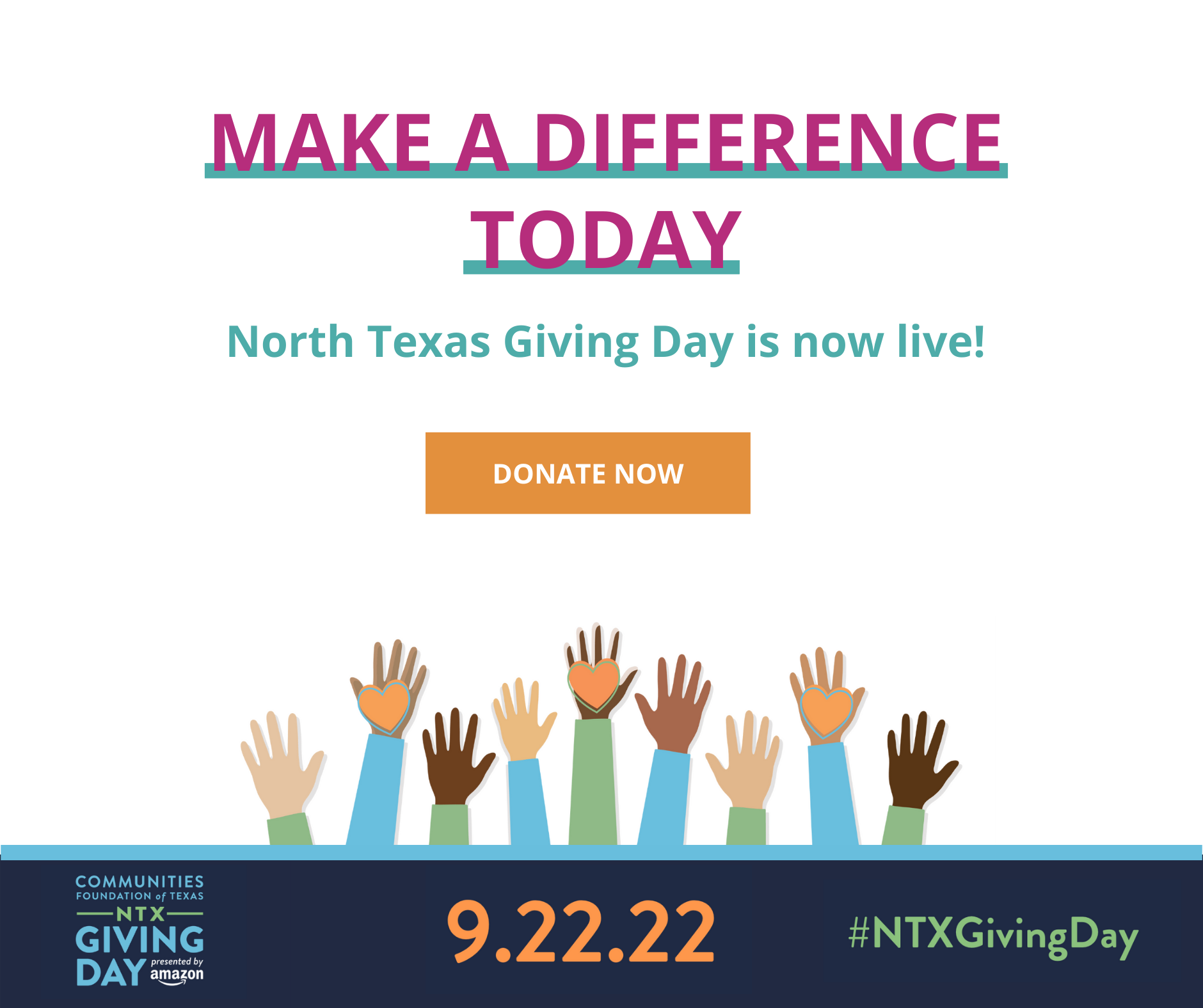A handy guide for parents and families to thrive during the current health crisis
Parenting is HARD work, and it’s work that can be even more difficult when we are facing stress and adversity. However, we know that there is nothing more important than the parent/child relationship in terms of future learning, behavior, and health. As the unprecedented challenges of COVID-19 continue to unfold, TexProtects wants you all to know we are in this together, Texas! We too are moms, dads and have families – whether we are tending to kiddos out of school and needing guidance, searching for jobs, or finding ways to destress and reduce anxiety, we have put together a Family Survival Kit with some great tips, tools and resources that can help you and your family better weather the storm during these trying times – a parents’ survival guide to ensure your family can thrive.
There are actions each one of us can take to reduce the stress and burden on ourselves and parents we know during this time. Offer to provide childcare so parents and caregivers are not in difficult situations and potentially leaving children unsupervised or in neglectful environments. Deliver a meal. Take a break or ask your spouse or partner to step in and help. Check in on your neighbor to ensure they have what they need, and most of all, remember, there is no way to be a perfect parent but millions of ways to be a good one–so give yourself and your children an extra dose of compassion and care during these challenging days.
General Parenting Support
Help And Hope offers parenting tips (by age and topic), a parent resource library, family activity ideas, videos, and connections to programs in your county. They remind us that focusing on your child for just 15 minutes a day can make a big difference!
Sign up for Bright by Text for free games, tips, and resources sent right to your cell phone. Messages are targeted to your child’s age (ages 0 through 8) and include information on child development, language and early literacy, health and safety, behavioral tips, games, and more! It’s free and available in English or Spanish.
The American Academy of Pediatrics has a parent resource with tips to help families work and learn during the health crisis. Healthy Children breaks the resources out by prenatal, baby, toddler, preschool, gradeschool, teen, and young adult.
The Centers for Disease Control offers free tools and additional resources to help you understand and track your child’s developmental milestones. They remind us that talking is teaching!! Reading, singing, and talking to your child is easy and dramatically increases their language and social development. If your child has not had a developmental screening, you can complete one online for free here.
Support for Fathers
Having an involved father with positive parenting experience can be an important part of a child’s development. The National Center for Fathering has general information on fathering as well as resources on fathering during the COVID-19 health crisis, like how social distancing can mean more father involvement.
The National Responsible Fatherhood Clearinghouse also has tips, hints, and programs about fatherhood for you to peruse, including their dadtalk blog and library of resources related to research and issues impacting responsible fatherhood.
Families Learning Together
Babies are born ready to learn, and they love to learn with their parents. The time you spend together helps their brain grow strong and creates a safe attachment that will encourage them to explore the world and thrive. While every day is rich with opportunities to engage and learn together, the increased time at home and out of school resulting from the COVID-19 may mean that you are looking for new ways to keep your child (and yourself) active and learning. The resources below will provide you numerous ways to take advantage of this time together and have some fun.
KERA Education out of Dallas has put together an At-Home Education Toolkit to help parents and caregivers with kids and teens PreK-12 who are at home, as well as educators who are teaching children remotely. There are more than 60,000 videos, lesson plans, games, activities and other resources in all subject areas–most are aligned to the TEKS and TX PK Guidelines.
Zero to Three offers a library of activities for playing and learning with your child based on their age.
The Kennedy Center offers short tutorials on fun ways to learn together with your child. Take a creative lunch break and draw with your child with the guidance of a fabulous teacher.
Check out a printable list from the National Child Traumatic Stress Network that offers simple activities for your family. Most do not require a screen or any supplies but all of them can create opportunities to make good memories during this difficult time.
Coping with COVID-19
Information and details regarding COVID-19 are changing rapidly. Staying informed about the outbreak and learning how to be prepared can reduce your stress. In addition, managing your own anxiety and emotions is critical to ensuring that your child can cope with their own feelings and worries during this time of uncertainty.
For the latest updates on the COIVD-19 outbreak, visit the CDC site. Included on the site is information to help prepare as a family as well as tips for self-care. While everyone experiences stress differently, the unprecedented challenges resulting from this pandemic will likely create new anxiety for all of us. Remember to take care of your body, take breaks when you feel stressed, stay informed (but limit news exposure), stay connected, and get help if needed.
This resource from the National Child Traumatic Stress Network Parent/Caregiver Guide to Helping Families Cope with the Coronavirus Disease 2019 (PDF; en español) will help you think about how an infectious disease outbreak might affect your family—both physically and emotionally—and what you can do to help your family cope. You can support your child by encouraging their questions, keeping them informed, maintaining routines when possible, and make time for fun and meaningful activities that can help everyone connect and relax.
Prevent Child Abuse America has assembled a great list of activities and resources to help parents and children. They remind us to stay connected and offer ideas for connecting to family, friends, our culture, and ourselves even when we have to be physically apart.
Talking About COVID-19 With Your Children
With news and conversations about COVID-19 everywhere, it’s important to talk to children about what they are seeing and hearing in a way that is developmentally appropriate and reassuring. Children worry more when they are kept in the dark. The resources below can help if you are wondering how to start.
The Child Mind Institute’s article Talking to Your Children about the Coronavirus has a great short video from Dr. Jamie Howard, Director of Trauma and Resilience Services, who goes over quick tips on how to discuss the pandemic with your kids. The most important thing? Be developmentally appropriate.
Last but not least, other organizations also have tips for families to talk with children about the current health crisis. Check out these tips from Zero To Three, and videos, games and activities from PBS Kids and BrainPOP.
What resources did we miss?
Let us know in the comments what has been helping you and your family to stay safe and connected. What has helped your family have fun and learn during this health crisis? How are you and your loved ones growing your resilience together? We want to hear from you!
*Find more resources from TexProtects here.







